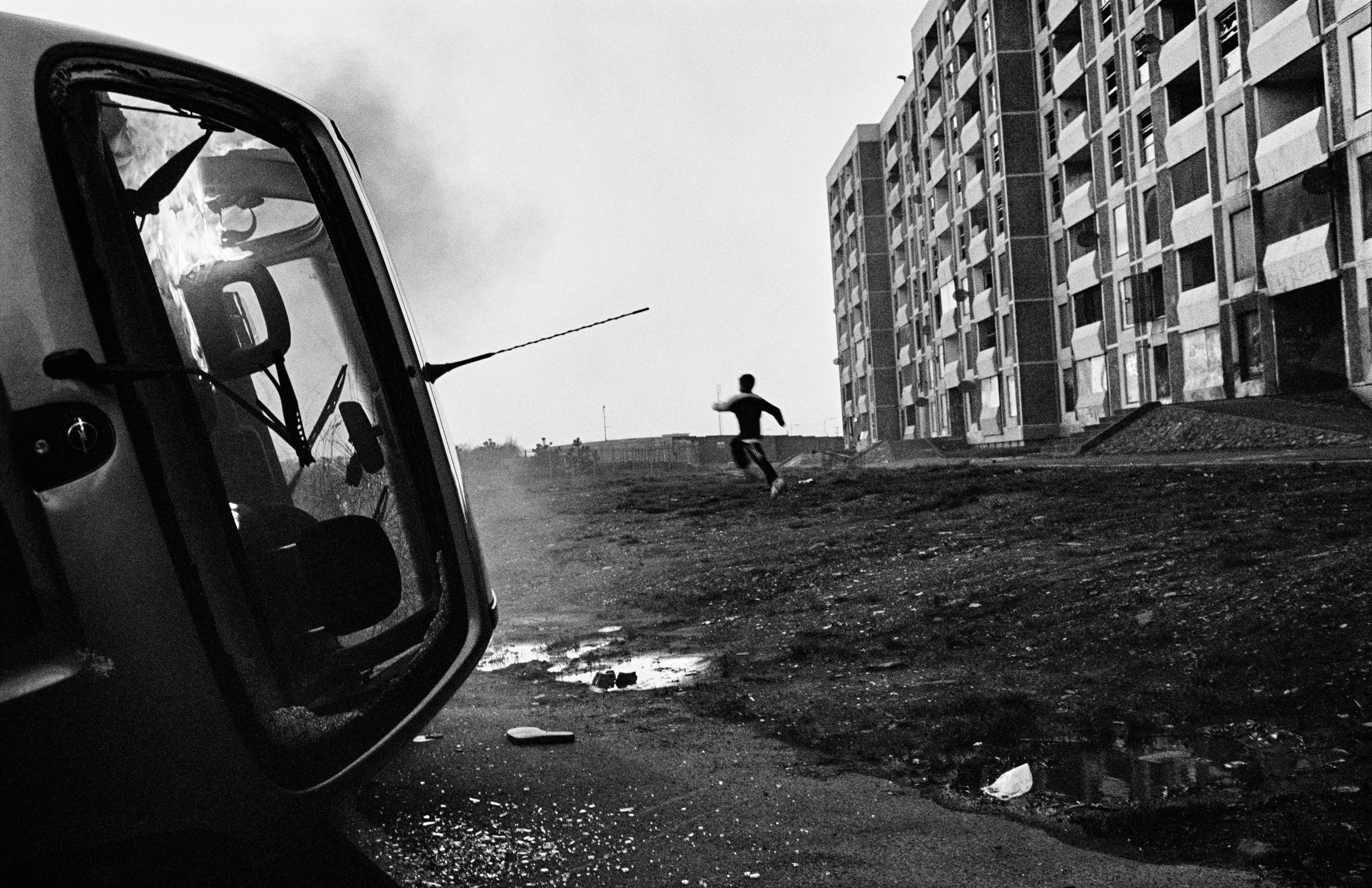
A few miles outside the city of Dublin, Ireland, lies the abandoned housing project of Ballymun. Conceived of in the 1960’s by Irish politicians, the ambitious project was intended as a response to a housing crisis in the inner city. Seven thirteen story apartment buildings were constructed on the north end of town separate from the greater infrastructure of Dublin. Hailed as a model during the planning process, the completed project was an almost immediate failure. Ballymun was isolated. There were no shops, no restaurants, and only one road leading in and out of the development. Far from becoming the Utopian dream of its bureaucratic visionaries, Ballymun quickly and permanently gave way to the seedier underworld of Dublin. Lawlessness took over, as did drugs-primarily heroin. The place was known for violence and suicide. U2 memorialized the district with songs like, “Where the Streets Have No Name,” while a variety of movies and documentaries were set among the derelict apartment towers.
The failure of Ballymun was the failure of the Irish governments’ national vision for publicly funded housing. When Ross McDonnell began photographing Joyrider in 2006, the scourge of Ballymun was such that the city was in the process of demolishing the buildings. As the PR firms, the press, and the bureaucrats litigated, conferred, promised voted, and wrote exhaustive papers on what and how and who best tear the buildings down, Ballymun was reclaimed by youths, addicts, and gangs. McDonnell focused his work on the neighborhood kids, the products of this environment. The area, known colloquially as The Block, is frequented everyday by the boys. Wanton acts of violence were common. Motorbikes and cars were currency on the Block. The kids would steal cars, buy cars, or find them abandoned overnight. The practice was to take them for joyrides around the Block, then outside and up and down the Irish motorways. They were fearless, brazen, Dionysian in spirit. At the end of the joyrides, the cars were most often burned.
McDonnell photographed on and off at Ballymun for six years. His first experience on the Block came on a Halloween night when he met one of the central figures photographed in Joyrider. The majority of the work was shot on Trix with a Canon gifted to him by his father. He’d make prints and hand them out to the kids who confided in him as the documentarian of their subterranean realm. McDonnell photographed and edited the way he made films: wide shots cut to close up, add detailed shots, and pace the energy with the sequencing. For McDonnell, Bresson’s Decisive Moment was key. “As a photographer,” he says, “there is nothing that replaces capturing that moment. And you need to be there a lot taking a lot of pictures to come away with a negative that is just exploding out of the frame.” Like flames bursting out the window of a burning car, Joyrider captures the raw energy of this corner of Irish youth culture coming of age in a man made dystopia.